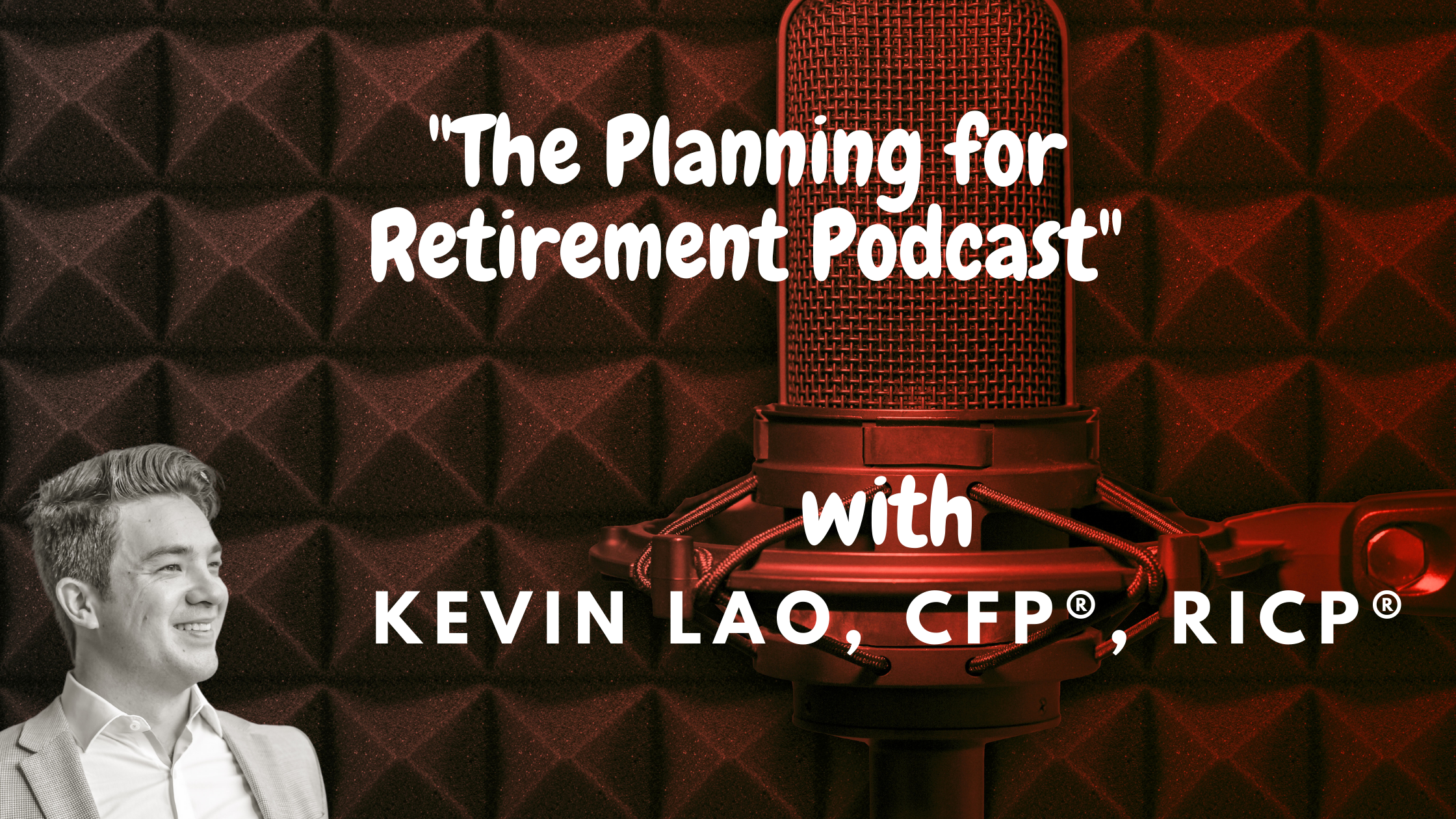Ep. 40 – What this election year means for your investment portfolio
The financial markets are well known to cause some stress and anxiety, but this escalates even more during a Presidential election. Especially this one which is likely to bring out emotions from both sides. As a result, I felt called to do this episode to provide some facts about how Presidential elections impact the stock market.
I hope you enjoy this episode! Make sure to share it with a friend or family member who might find it helpful! I want to impact as many people as possible with this message!
Thank you!
– Kevin
***Just a footnote here. I mentioned I was recording on video, which I did…However, I do not have time to edit this video in time for the next episode. I am currently working on hiring an editor, and will hopefully be adding video as a feature to tune into the show soon enough!
If you’re interested in becoming a client, fill out our Retirement Readiness Survey Here
Links from the show:
https://www.eatonvance.com/advisory-blog.php?post=election-cycle-is-very-likely-to-impact-stocks-
https://www.fidelity.com/learning-center/trading-investing/election-market-impact
https://www.newyorkfed.org/medialibrary/media/research/capital_markets/Prob_Rec.pdf
https://www.ustreasuryyieldcurve.com/
https://www.blackrock.com/us/financial-professionals/insights/investing-in-election-years

